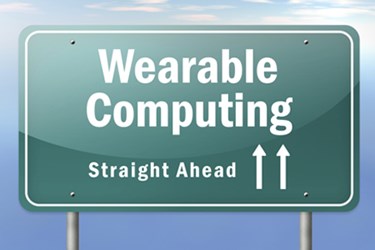California School District Embraces Wearable Tech To Connect Their Students

By Christine Kern, contributing writer

Wearable tech will have a tremendous impact on the education of the future.
The Tustin Unified School District, south of Los Angeles, is looking to virtual reality fitness trackers and smart watches to improve their students’ performance in the classroom. District Administration reports students and staff members already track their own steps and calories burned, but the district sees a future in which that technology could be used to make connections between physical data and student academic performance.
“Imagine a campus where the data from wearables allows administrators and teachers to see the overall mood and adjust activities to the students,” Robert Craven, senior director of technology at Tustin USD in California, told District Administration. “I think the idea of measuring mood would be something used when introducing new material or content to gauge times for assessment and while working on projects.”
And The Tustin District is not alone as experts predict wearable tech will have a tremendous impact on the education of the future. Last year, the 2015 New Media Consortium Horizon Report predicted wearable technology will be mainstream within the next five years. These options include trackers like FitBit and Jawbone, translation and dictionary apps available through the Apple Watch, and MUV Interactive’s Bird projector that converts any surface into a touchscreen for devices. Virtual reality tools like Google Cardboard, Oculus Rift, and Samsung Gear VR can also help teachers connect their students to classroom materials.
Virtual reality gives students the ability to take a field trip to ancient ruins or “to hold an element from the periodic table in their hands,” adds Samantha Adams Becker, senior director of publications and communications at The New Media Consortium, an international community edtech expert.
Robbie Melton, associate vice chancellor of mobilization and emerging technology at the Tennessee Board of Regents, told District Administration, “It’s only going to get better. This is game-changing technology that’s going to make a major impact on how we teach and learn.”
In fact, wearable tech use will surge over the next five years at an expected growth rate of 46 percent per year, according to a report published by Research and Markets.
And according to Mark Gibson, Sales Director of cloud-based Bloxx, wearables will imminently change education. He told GroupCall , “Teachers will have the ability to understand the needs of their students more rapidly.” With wearable apps that can report student skills data, teachers can better understand individual students and their needs, providing an opportunity to tailor learning environments for personalized instruction.
Gibson also suggests, “Wearables have huge potential to revolutionize lessons.” In one example, the Youth Sport Trust is urging wearable tech to be used during physical education classes to encourage healthy competition among students. And sensors within wearables could serve to alert students and teachers of toxic levels of chemicals in chemistry labs during experimentation.
IT departments need to stay ahead of the curve on this trend, as a BYOD program that invite significantly more technology into schools comes with security and network management issues, which may be best figured out by starting with a pilot.
“It is not sufficient to simply mandate that a technology be used,” Becker cautioned. “There needs to be time for teachers to understand how it fits in with their pedagogies and curriculum so the best possible learning experiences can be designed.”
